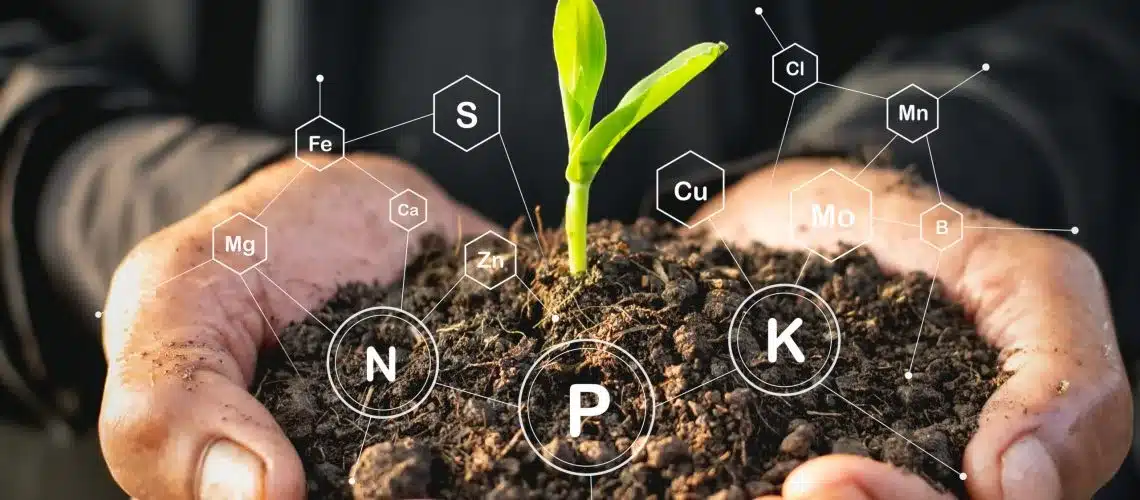In the October 2019 issue of Acres U.S.A, consultant Jon Frank explains the pitfalls of the ‘Four Rs’ developed by the fertiliser industry. Frank, the owner of International Ag Labs, based in Minnesota. He is a soil consultant with over 20 years’ experience, and the founder of High Brix Gardens. Like the team at Zylem, Jon is fascinated with the correlations between minerally-rich soil and nutrient-dense food. In this blog post, we’ll explain his alternative to the ‘Four Rs’ of inorganic fertiliser application; namely, the ‘Four Rs (The 4Rs) of Fertile Soil’.

What are the Four Rs of inorganic fertiliser application?
Conventional agriculture is heavily reliant on soluble inorganic fertilisers, either in liquid or dry format. In order to use fewer inputs more efficiently, the fertiliser industry created the ‘4R’ strategy for fertiliser application, comprising:
- Right source
- Right rate
- Right time
- Right place
In theory, if a farmer follows these principles, he or she should be able to use less fertiliser while still reaping a full harvest. Sounds good, doesn’t it? So …
Why doesn’t Jon support the conventional 4Rs?
Jon says: “The 4Rs methodology is a minimalist approach. While I can appreciate and agree with the desire not to over-apply soluble fertiliser, I cannot accept the overall result of just using soluble nutrients in place of true soil building.”
Jon argues that continuing to apply soluble nutrients creates a consistent deficiency pattern in the soil. It leads to plants “scavenging” as many minerals as they can, creating “poverty zones” in the field since most of the area hasn’t been fertilised.
Without building in natural resilience, the effects of 4R solution lead to a high susceptibility to insects, disease and weed pressure. This means that what the farmer is potentially saving on fertiliser cost, he or she could be paying for in poor crop protection.
“Doesn’t this exactly parallel the cheap price of low-quality foods that ultimately leads to higher medical expenses? You can’t cheat biology – either you pay for it upfront or you pay it later, but you will pay it.”
So, what’s the alternative?
Jon proposes an alternative standard to the 4Rs; the ‘4Rs of Fertile Soil’:
- Right levels
- Right ratios
- Right spectrum
- Right environment
He argues that resilience in crops is built through high soil fertility with adequate inputs: “When we meet nature’s requirements, we see resiliency. Susceptibility comes because nutritional requirements, including hidden hungers, are not being met.”
An example of the 4Rs in actionA grower in Georgia had contracts to raise collard greens, a vegetable crop that removes a high proportion of minerals from the soil. The grower did three things:
Find out more about the benefits of NanoCal The result?
|
The 4R approach from Zylem
Our biological foliar and soil conditioners support sustainable agriculture, and our consultative approach will help you find the balance between the right levels, ratios, spectrum and environment. We know that every situation is different, which is why it’s our goal to establish the best nutrient profile and application for your unique needs.
Find out more about our soil health services and solutions.
Interested in reading more? You can find the full article here: https://www.acresusa.com/products/october-2019-issue

About the Author: Alex Platt
Alex is Business Development Manager at Zylem. He’s inspired by the potential of regenerative farming and takes a special interest in the technology and products that are moving agriculture in a more sustainable direction.

